The Ultimate Maldives Guide
Hannah Kent
These beautiful islands regularly top the list of Forbes’ Dream Destinations.
perhaps it is because of the Maldives’ unique, away-from-it-all isolation and the fact that this edge-of-the-world archipelago resembles most people’s idea of paradise: beaches ofwhite sand perfection, luminescent turquoise waters and dazzling coral reefs. Here’s our ultimate guide to help you plan the perfect Maldives holiday.
This blog is a comprehensive guide on planning the perfect Maldives holiday, to find the information that’s relevant to you, use the handy content links below:
Where are the Maldives?
The Maldives are a collection of 1192 islands located southwest of Sri Lanka in the Indian Ocean. The islands are grouped in atolls; the northern atolls are more traditional, the southern atolls give a greater feeling of isolation. From the northern Raa Atoll which is one of the deepest in the Maldives with overhangs, drop-offs and underwater caves – a scuba divers delight – to the more southerly Laamu, one of the most beautiful and untouched atolls. Each resort is its own private island and there’s one suitable for every type of holidaymaker: couples, honeymooners, families, and groups of like-minded friends and every type of holiday: adventure, adrenalin, romance and relaxation.
Your atoll awaits
With so many atolls from which to choose, where do you begin? While it might be crucial for marine biologists to be able to distinguish the myriad minute differences between each atoll, for most holidaymakers matters are a little more straightforward.
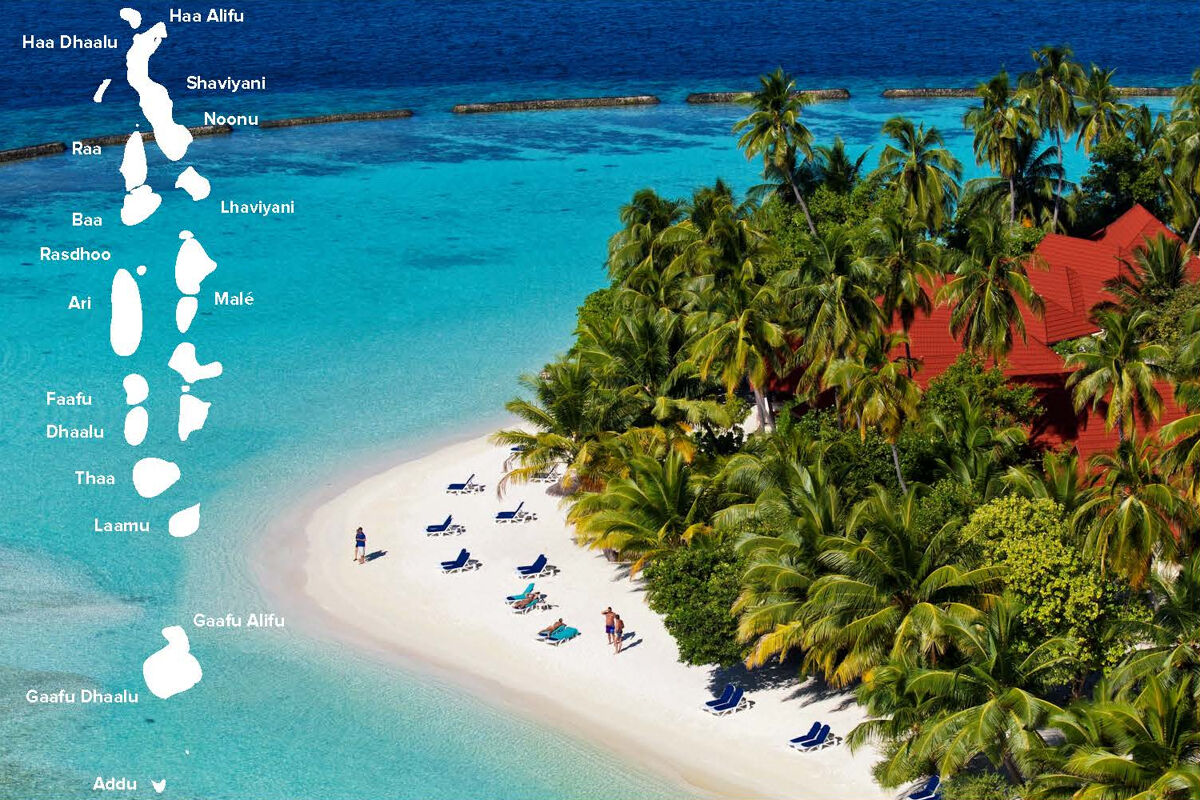
Broadly speaking the more closely grouped islands of the northern atolls offer a more traditional Maldivian experience as they are the least developed region of the Maldives. Although there are fewer island resorts there is still huge diving and snorkelling potential, with shipwrecks to discover alongside manta ray feeding areas, diverse marine life, and a UNESCO World Biosphere Reserve.
The southern atolls are less closely grouped together and give a greater feeling of isolation. Pristine dive sites are a major attraction. Many of the newer resorts have opened here and although they may be further from the capital there are good air links via several new airports.
Why choose the Maldives?
Some resorts offer peerless luxury, others focus on charm, character and authenticity, but even the more modest properties will feature multiple dining options and spa facilities, and all-inclusive facilities and meal plans allow full control of the budget. Wherever you choose to stay customer service is universally excellent. Personalised greetings are delivered in beautifully spoken English from staff who, owing to high staff to guest ratios, regularly outnumber guests.
The resorts superb water clarity affords some of the world’s best diving and snorkelling. Coral walls dazzle, underwater caves delight, and you can mingle with brightly coloured tropical fish in waters so warm no wetsuit is required. There’s no better place on earth to discover turtles, manta rays, and many species of shark including the magnificent whale shark. With so much natural beauty to observe, indolence can feel remarkably guilt-free. This is a destination that specialises in extraordinary escapism and unrivalled relaxation. The best thing to do is just go with it and enjoy a uniquely unforgettable holiday of a lifetime.

When to visit
For hot, dry, sunny days the best time to visit the Maldives is from January to April. Daytime temperatures are consistently between 30 and 32 degrees. Sun can be expected for between 8 and 10 hours a day. Water clarity for diving and snorkelling is excellent and the surfing season begins in March. Any showers should be short-lived. As this is peak season it’s best to book early.
May to October are months when rain is more likely and there is a risk of storms, but the temperatures are still warm and there are usually long spells of bright sunshine. Plankton in the water may reduce visibility for divers, but it does attract manta rays and whale sharks from June to October.
September and October are invariably the wettest months, which is reflected in hotel prices, but are a good time to make the most of the resort facilities. November brings the wet season to a close and December is a popular choice for almost guaranteed winter sun, but this is reflected in the hotel prices.
When it comes to hotel prices the peak season is Christmas and New Year and the months from November to April. For more affordable hotel rates consider travelling in the off-peak shoulder season which runs from early May to late September, with May and June being the least expensive. Travelling in the shoulder season could mean more inclement weather but you can still catch some beautiful sunshine, and given the unpredictable nature of weather, might just prove to be a masterstroke.
Maldives’ logistics: helping you to plan carefully
Images of Maldives may be very familiar, but there are important finer details about this South Asian island nation that will be helpful to you at the planning stage of a holiday.
At a glance
Flying time: from London 11½ hours
Main arrival airport: Velana International Airport, Male
Time difference: GMT+5 hours, but this may vary from resort to resort
Currency: Maldivian Rufiyaa although US Dollars, Sterling and Euros are widely accepted
Language: Dhivehi is the native language but English is very widely spoken
Visas: Not required for UK passport holders, unless stay exceeds 30 days
Telephone code: +960 followed by the local number
Electricity: 240 volts, many resorts feature standard 3 pin UK sockets but do take a universal adaptor and maybe pack an extension lead for extra plug points
Taxes: An ecological tax of $6 US per person per day is charged at resort accommodation (this is being checked at the moment as it might be included in our prices)
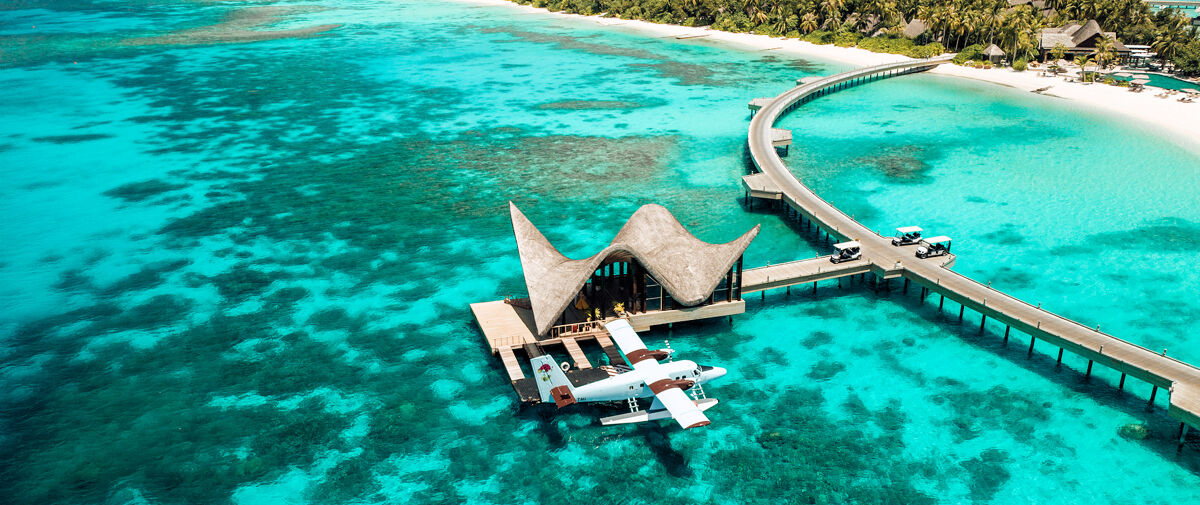
Getting there
Between November and April British Airways will fly you direct to Malé from London, or enjoy regional departures with one stop from Birmingham, Dublin, Edinburgh, Glasgow, Manchester and Newcastle flying with the following airlines: Emirates, Etihad, Lufthansa, Qatar Airways, SriLankan Airways or Turkish Airlines.
Book Business Class with Emirates and chauffeur service in the UK is provided. Alternatively Classic offer the services of Tristar Worldwide chauffeurs. We can also book ACE Handling’s VIP meet and greet service: a personal assistant to help at the airport. Cabin upgrades and enhanced flight services are available. When Business Class is not selected lounge facilities may still be booked. Classic Collection Holidays also enjoys partnerships with fully licensed airline companies specialising in the provision of private jets.
To minimise jet lag set watches to Maldives’ time on boarding the plane, drink plenty of water and make sure a spa treatment for your first or second day in resort has been pre-booked. On arrival in Malé, and once you have cleared customs, our local team will be there to welcome and assist you. On departure they will help you with your luggage and guide you to the airline check-in desks.
Insider Tips
Holiday Types

Romantic
The Maldives is the perfect destination for island romance. There are stunning sunsets and clear, starry night skies, brilliant blue lagoons filled with spectacular marine life and impossibly powder-soft sands and swaying coconut palms. Add to these intimate dining, serene spas, beautiful overwater or beach villas with private pools and a host of further exquisite experiences.Spa and Wellness
The serene settings provided in the Maldives offer the perfect backdrop for spa and wellness activities and facilities. From heavenly treatments, holistic therapies and relaxing wellness rituals performed by highly-skilled therapists to luxurious spa sanctuaries that are magnificently set over turquoise lagoons, by pristine white sands, nestling in verdant jungle vegetation or indeed under the ocean.
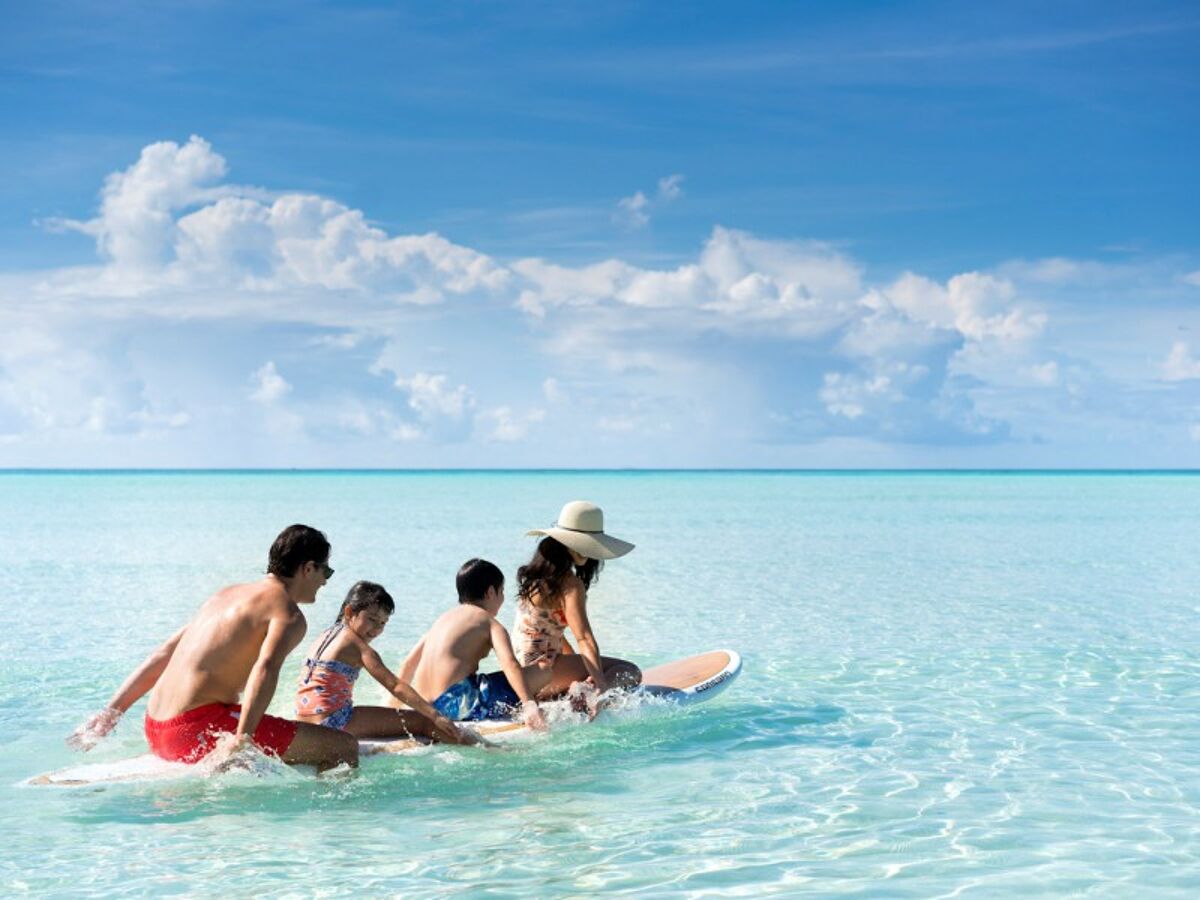
Family friendly
The Maldives is the ideal destination to create the fondest of life-long memories. Traditionally the destination of choice for honeymooners and couples seeking an island paradise, the Maldives is more and more becoming a firm favourite with families as well, with plenty of family friendly accommodation options.Adult Only
Considered for many years as one of the world’s definitive honeymoon destinations, it’s perhaps surprising that so few of the Maldives’ resorts are officially recognised as adult only. With an increasing number of families choosing to spend time together in the archipelago, finding an adult only property is a little more difficult than you would expect. True adult only properties are really quite rare.

All-inclusive
Whilst there are supremely luxurious ‘money-no-object’ resorts in the Maldives, there is also a good choice of excellent resorts offering all-inclusive holidays at more affordable prices. At first glance, an all-inclusive option may look expensive, but given the amount of food, drink and activities that are often included, it can be the best way to enjoy your holiday to the full, secure in the knowledge that you’re getting the best possible value.The big debate…do you stay on the beach or over the water?
Upgrade costs between beach and water villas can vary hugely depending on the chosen resort, and in rare cases, such as Constance Halaveli and Six Senses Laamu, the overwater experience may be the cheaper of the two. So compare prices and check facilities to ensure that the upgrade to a water villa is good value for money. There’s much to be said for feeling the perfect talcum powder white sand between toes, and if there are young children in tow, a beach villa might be the best option. Beach villas give direct access to some of the world’s finest beaches and the warm waters beyond without having to navigate steps. For Beach Pool Villas, Vilamendhoo Maldives offers conspicuous value for money. If you’re undecided, or simply want to experience the best of both worlds, our holiday experts will be happy to help you arrange a few nights in each.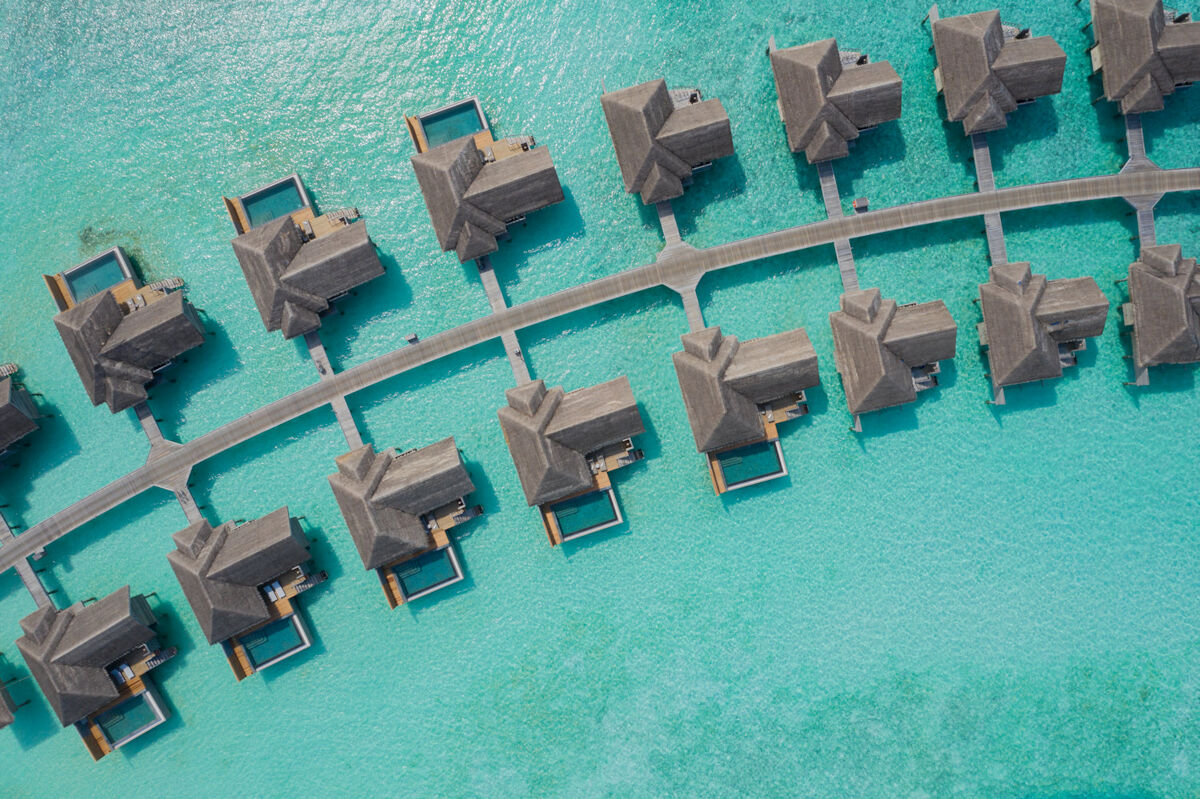
Sustainability and responsible tourism
This fragile archipelago is uniquely vulnerable to the effects of climate change; more than 80 percent of the islands stand less than one metre above sea level.Preserving the beauty of the islands
To preserve the beauty of the Maldives for future generations many hotels have developed ecological initiatives in which they encourage local communities and guests to participate, inspiring people to travel in a more eco-friendly, sustainable way. At the vanguard of this movement is Soneva, a luxury hotel group that manages two private islands: Soneva Fushi in UNESCO listed Baa Atoll, and Soneva Jani in Noonu Atoll. To eliminate imported plastic-bottled water, Soneva was an early adopter of desalination. Many resorts now feature their own desalination and water bottling plants. Desalinated water undergoes further filtration before being mineralised, chilled and served as still or sparkling water in recycled, sterilised glass bottles. The saving on importing bottled water and reductions in single-use plastics has been dramatic. Both Soneva Jani and Soneva Fushi source ingredients for their restaurants from their own kitchen gardens and mushroom caves. Soneva Jani’s So Wild plant-based restaurant relies on drought-resistant vegetables and plants that are grown on-island. This is the same for Soneva Fushi’s In the Garden restaurant. Whilst not plant-based the menu here features sustainably caught fish and white meat. As waste disposal is a major issue for the islands, Soneva has also pioneered waste to wealth centres. Waste is sorted into different categories and either recycled or repurposed into valuable products. Ketchup bottles make beautiful sculptures that are then sold at the island’s art studio. Tin cans become door handles. Glass and cement become building blocks and Styrofoam is turned into surfboards. The surfboards link into the Soneva Ocean Stewards Programme which teaches local children how to swim so they can learn to surf and to snorkel in the hope that they’ll explore the reef, understand its importance to marine life and tourism, and help to protect it.
Getting involved with ecological initiatives
Rising sea temperatures and increased UV light penetration cause coral bleaching, but the coral can recover. The award-winning conservation work by Anantara includes marine biologist-led coral regeneration programmes which have been in place for more than 10 years. Water conditions have improved, coral predators have been removed around Anantara’s three South Malé atoll properties and super corals introduced. The resorts offer guests the chance to dedicate part of their holiday time to attach fragments of rescued coral to ropes and mesh frames within the coral nurseries of Anantara Dhigu Maldives Resort and Anantara Veli Maldives Resort which has led to extraordinary coral growth. Gili Lankanfushi Maldives is one of the Maldives’ most eco-conscious luxury resorts. Buildings are made from sustainable woods, organic toiletries are dispensed from refillable earthenware containers. There’s eco-friendly bedding and reef-safe sunscreen. Their innovative Powered by Plants Programme introduces new plant-based menus and sweet vegan treats. Their coral regeneration program has created 220 underwater corallines which guests can sponsor. Four Seasons Maldives has some of the region’s most ground-breaking ocean initiatives, including coral propagation, turtle and dolphin rehabilitation and manta ray research; guests can research manta rays, plant corals and participate in wildlife monitoring dives. And as one is never too young to embrace sustainability, many resorts host some of the most imaginative and inspiring children’s activities and programmes including dolphin trips with marine biologists, presentations on turtles and manta rays, and coral adoption schemes. These emerging eco-friendly practices are often a collaborative effort among the resorts and guests. They add an extra special dimension to a holiday to the Maldives and give hope for the future.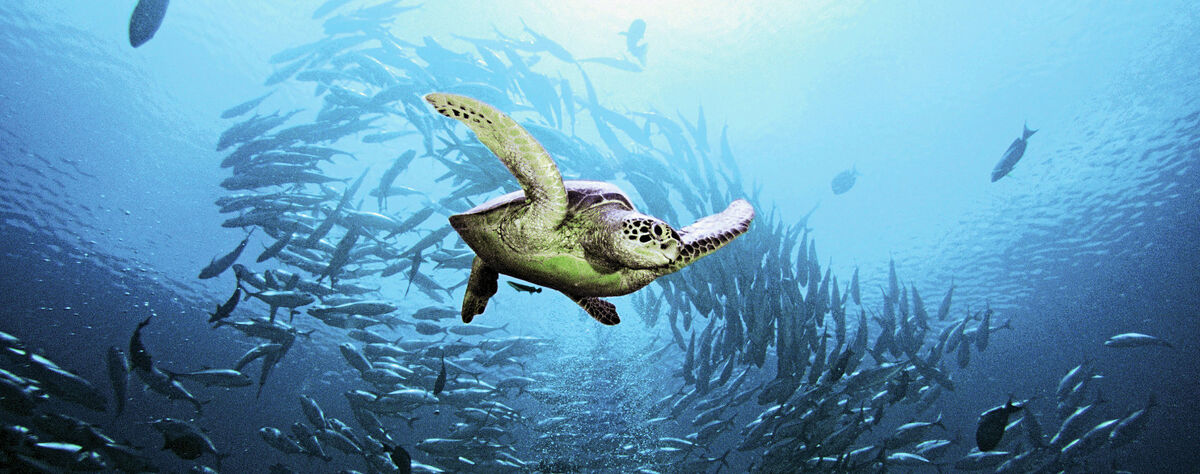
Sea turtle and manta ray conservation at Six Senses Laamu
Photo ID is not just for humans. In the Maldives photo ID for sea turtles has been in use since 2018 to help study the foraging and nesting sea turtle populations of Laamu Atoll. Sea turtles possess unique patterns of facial scales, similar to human fingerprints, which can be used very reliably to identify individual turtles. Identifying individual animals is important in understanding their ecology and behaviour, as well as providing estimates of population sizes for conservation efforts. Laamu Atoll, in 2020, had a population of identifiable turtles nearing 600. Two species of turtle are frequently spotted at Laamu, green sea turtles and hawksbill. Gaadhoo, an uninhabited island 4.5km east of Six Senses Laamu, has long been identified as one of the most significant green sea turtle nesting spots in the Maldives. Six Senses is working hard to eliminate egg poaching which remains an issue on Gaadhoo. The team also works to free turtles that become entangled and accidentally captured in abandoned fishing gear. Four facts about sea turtles: 1. Some sea turtles are vegetarians: adult green ones survive on seagrass and algae. 2. During incubation, warmer temperatures and darker beaches result in more female hatchlings, while cooler temperatures and lighter beaches favour males. 3. Unlike their land turtle relatives, sea turtles cannot retract their head and flippers into their shell. 4. Using slight variations in the magnetic field turtles can travel huge distances – some have recorded 12,000 mile round trips – but still return to the exact beach where they were born.What to do in the Maldives
The Maldives are well known for their stunning beauty and unique experiences, but with so much to see and do it can be hard to know what will truly constitute an unforgettable holiday. In the following blogs posts you’ll find our suggestions for the best Maldives experiences, to help create your own perfect holiday as defined by your preferred leisure interests, activities and pursuits.
The Maldives Best Diving & Snorkelling

24 hours in the Maldives

Once in a lifetime Maldives' moments
Twin centres
When it comes to longer holidays don’t settle for one destination when more can be visited and discovered. Travelling long-haul can be so much more relaxing when you extend your holiday or break up the journey. Enjoy completely different cultures to enrich your whole holiday experience.Vibrant cities
With direct flights between Male, Istanbul, Dubai, Abu Dhabi, Doha and Kuala Lumpur you might like to combine your holiday to the Maldives with time spent in one of these intriguing cities.Arabian adventures
Dubai is renowned for its strikingly modern architecture, superb hotels, shopping and hugely diverse leisure experiences. The UAE’s capital Abu Dhabi has plenty to explore including Ferrari World, The Louvre Abu Dhabi, Warner Bros World and the opulent and dramatic Sheikh Zayed Grand Mosque. Doha offers sleek skyscrapers and superb restaurants as well as a traditional souk, grand old forts and centuries of history at the immersive Museum of Islamic Art. Greater contrasts to the islands of the Maldives would be difficult to find.
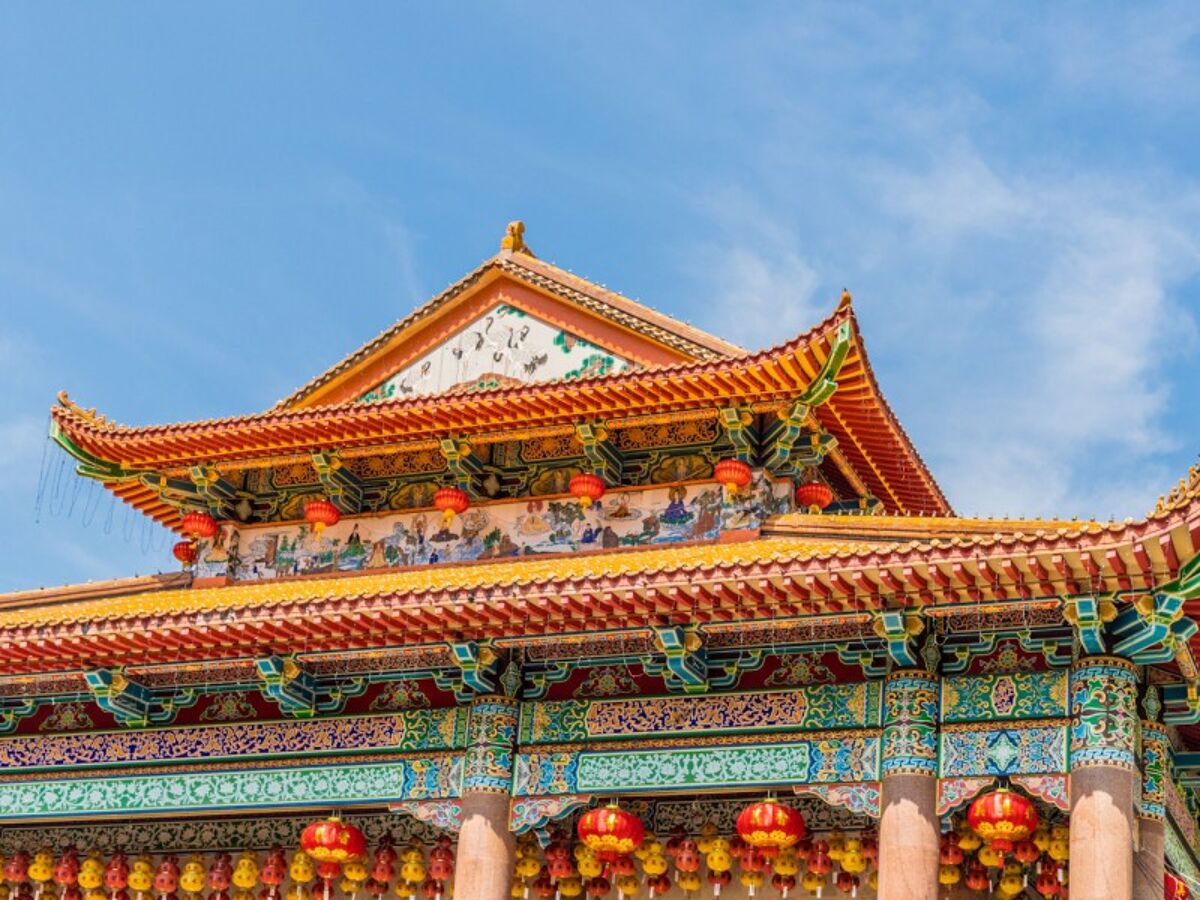
Cultural adventures
Before heading to the tranquil island life of the Maldives take in fascinating Istanbul; the only city in the world to straddle two continents. It’s a vibrant and historic blend of Eastern and Western cultures. Alternatively, add some exotic Asian culture to your island odyssey. Malaysia is a tempting twin-centre possibility with direct flights between Kuala Lumpur and Male taking just under four and a half hours. Kuala Lumpur is a heady and enticing mix of the ancient and modern with skyscrapers, historic monuments, glitzily oversized shopping malls, hectic markets and irresistible food stalls.Island Adventures
For further exploration of the Indian Ocean embrace the island differences between the Maldives, the Seychelles and Sri Lanka. Just 90 minutes’ flying time separates Male from Mahe, the largest of the Seychelles’ islands. Take a hiking tour to the summit of Morne Blanc, visit stunning national parks and exotic botanical gardens and celebrate the colourful charm of the bustling capital Victoria. Given the one hour flight time from Male, Sri Lanka is a popular twin-centre choice where you can savour mountain peaks, rainforests, tea plantations and temperate hill stations as well as the tropical climate of the coast.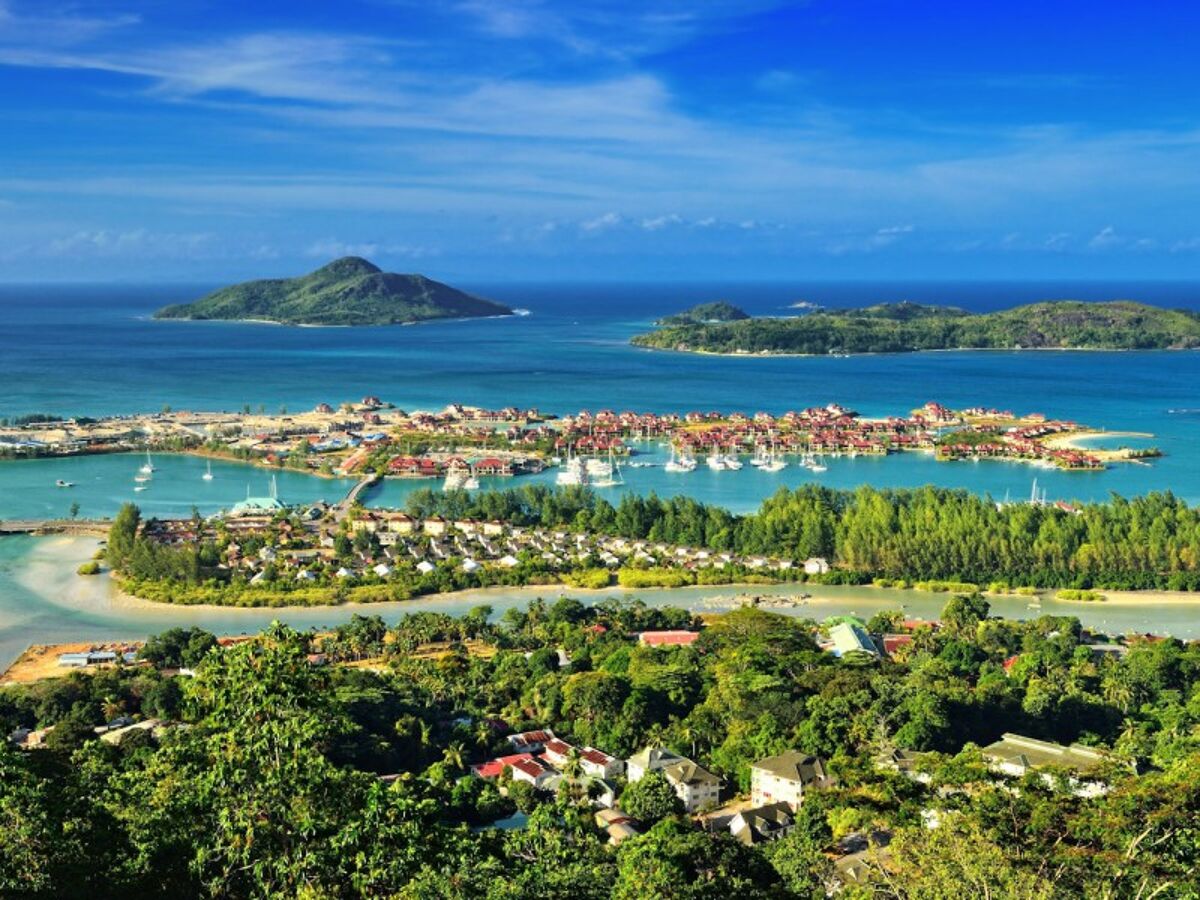

 Algarve
Algarve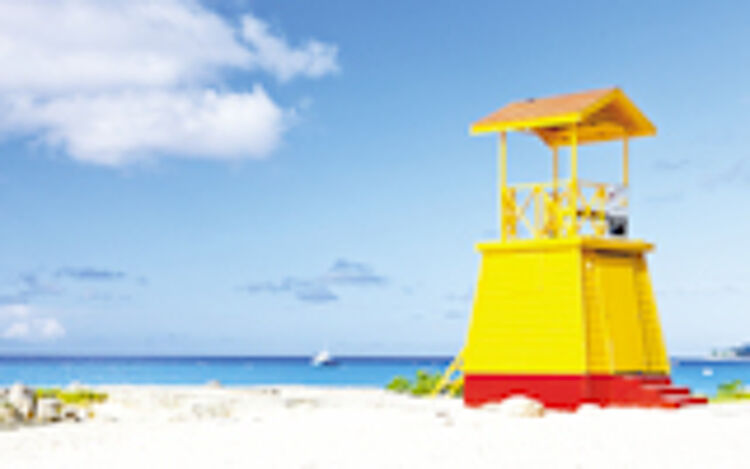 Barbados
Barbados Crete
Crete Croatia
Croatia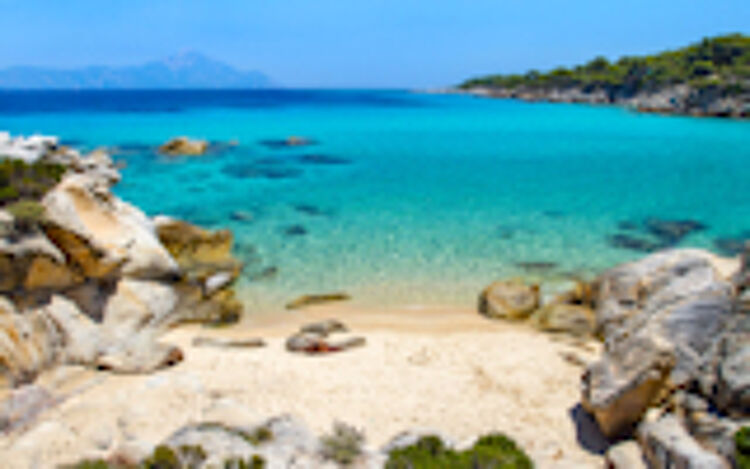 Halkidiki
Halkidiki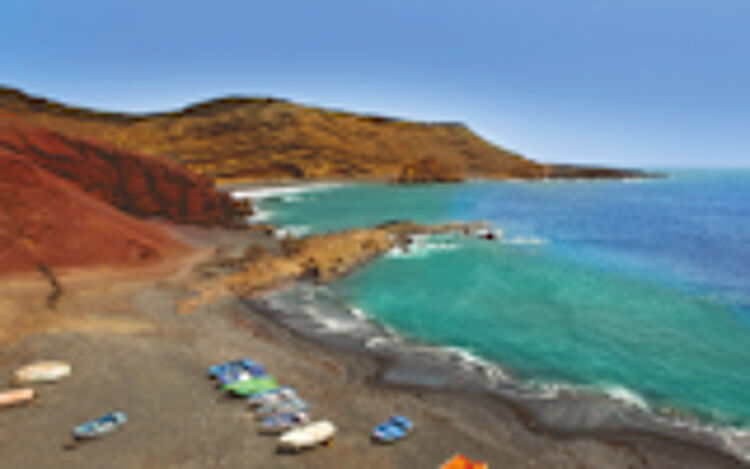 Lanzarote
Lanzarote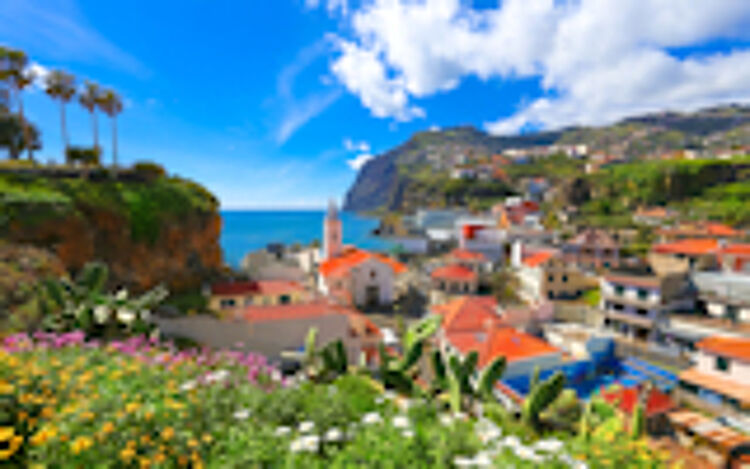 Madeira
Madeira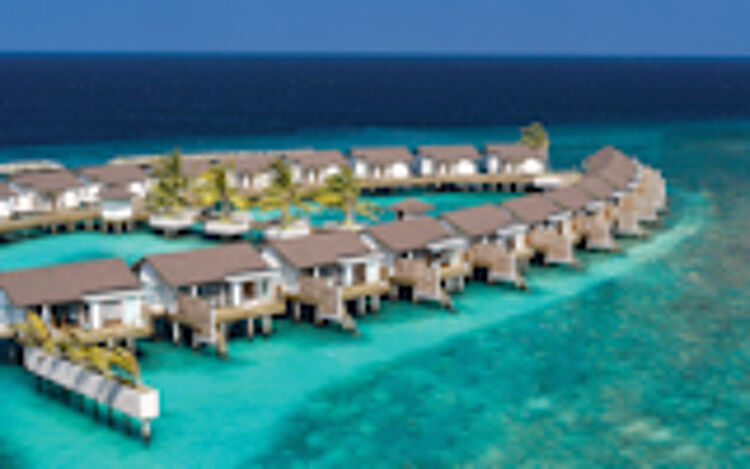 Maldives
Maldives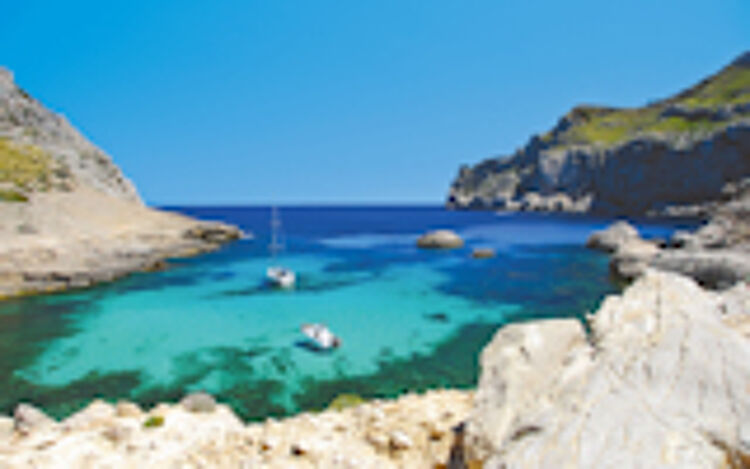 Mallorca
Mallorca Morocco
Morocco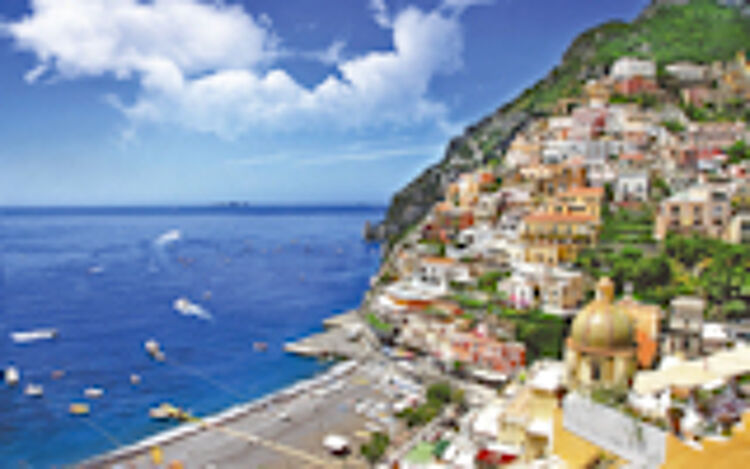 Sorrento & Amalfi Coast
Sorrento & Amalfi Coast Tenerife
Tenerife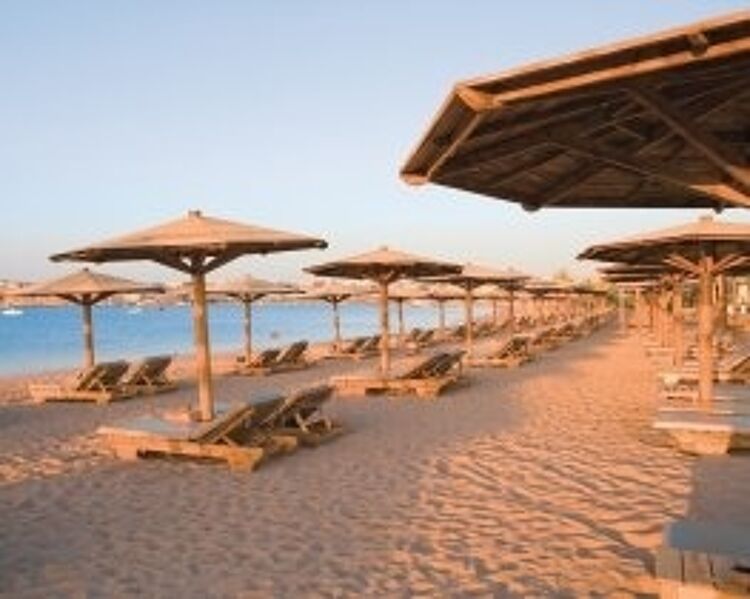 Egypt
Egypt Kenya
Kenya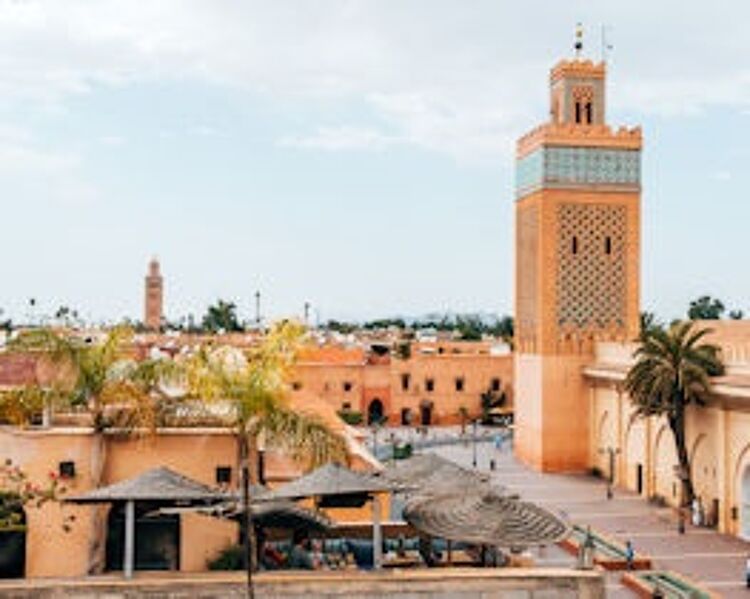 Morocco
Morocco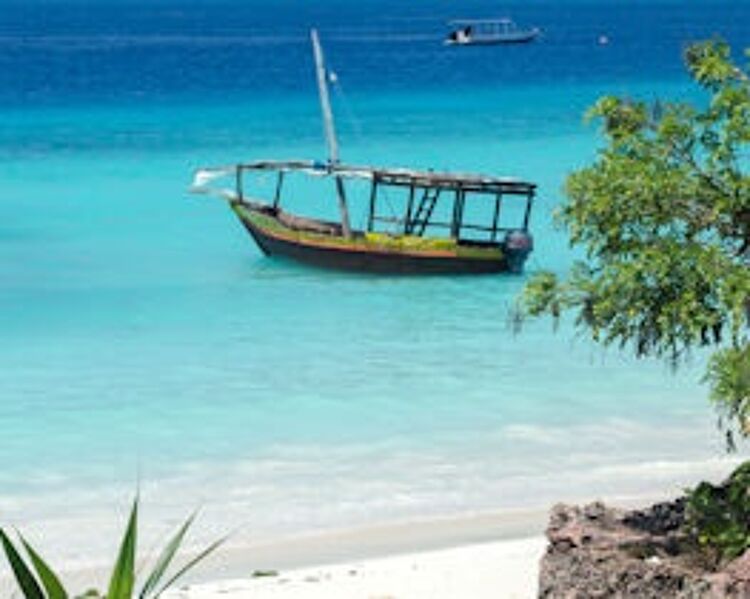 Tanzania
Tanzania South Africa
South Africa Antigua
Antigua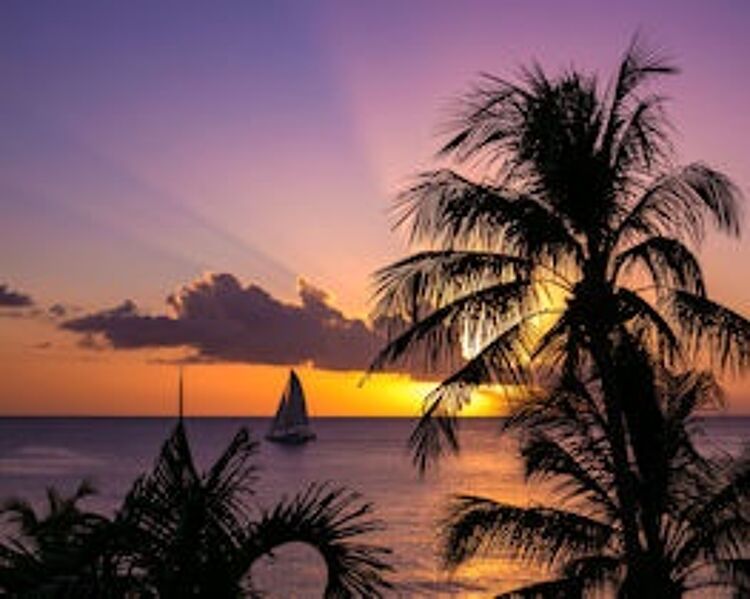 Barbados
Barbados Dominican Republic
Dominican Republic Grenada
Grenada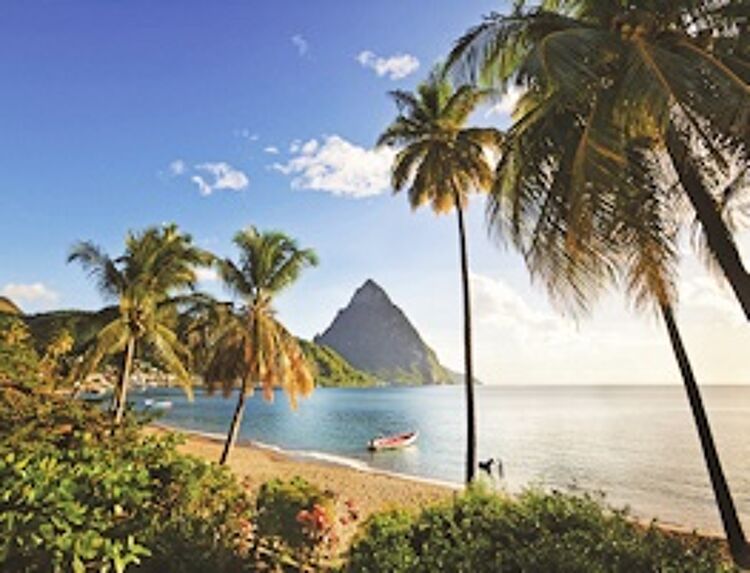 St Lucia
St Lucia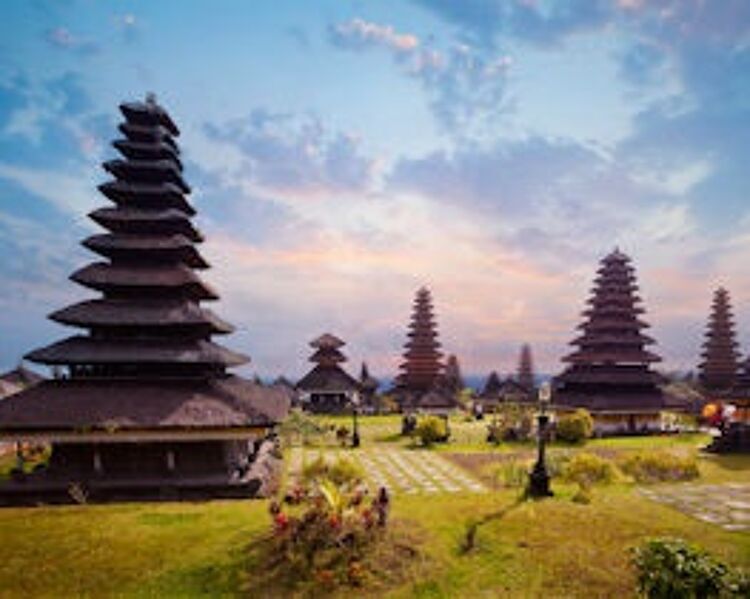 Indonesia
Indonesia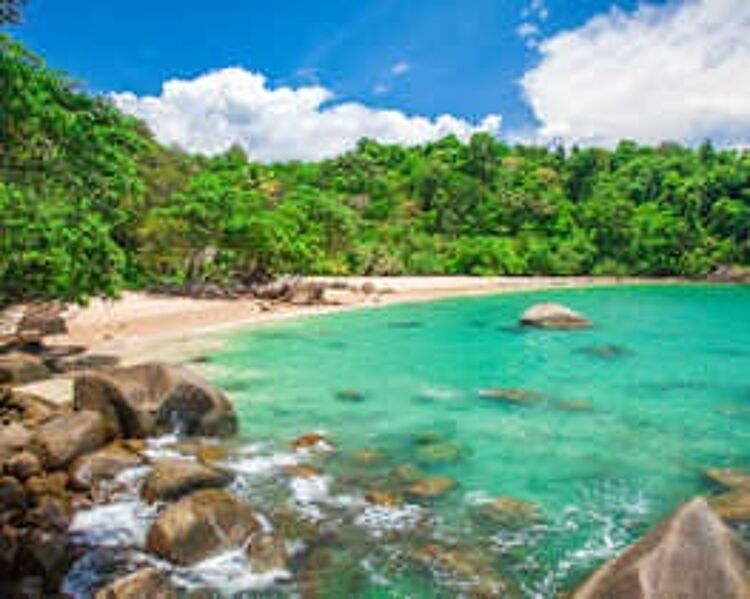 Thailand
Thailand Croatia
Croatia Cyprus
Cyprus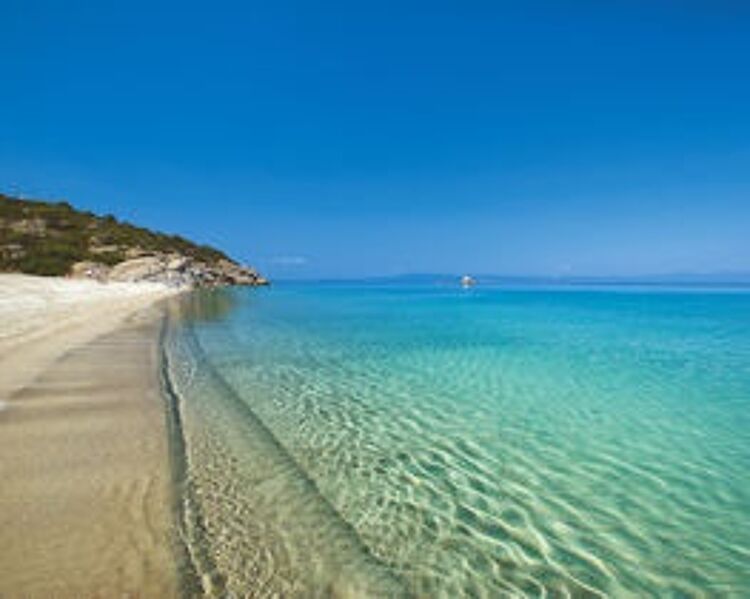 Greece
Greece Italy
Italy Malta
Malta Portugal
Portugal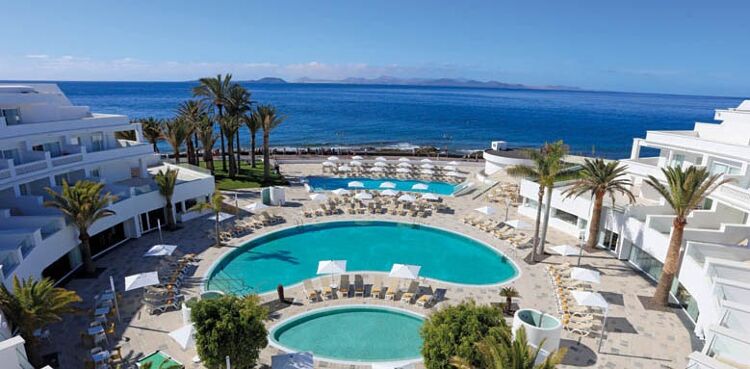 Spain
Spain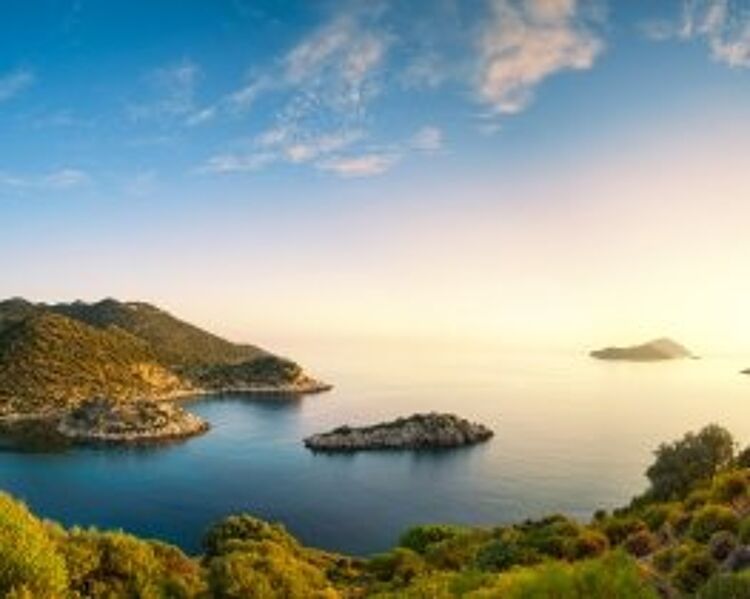 Turkey
Turkey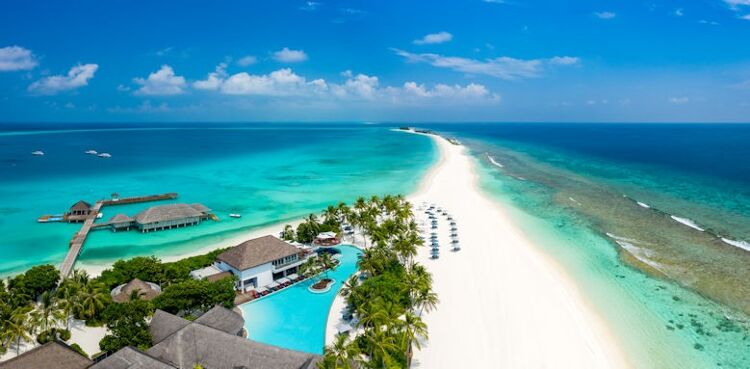 Maldives
Maldives Mauritius
Mauritius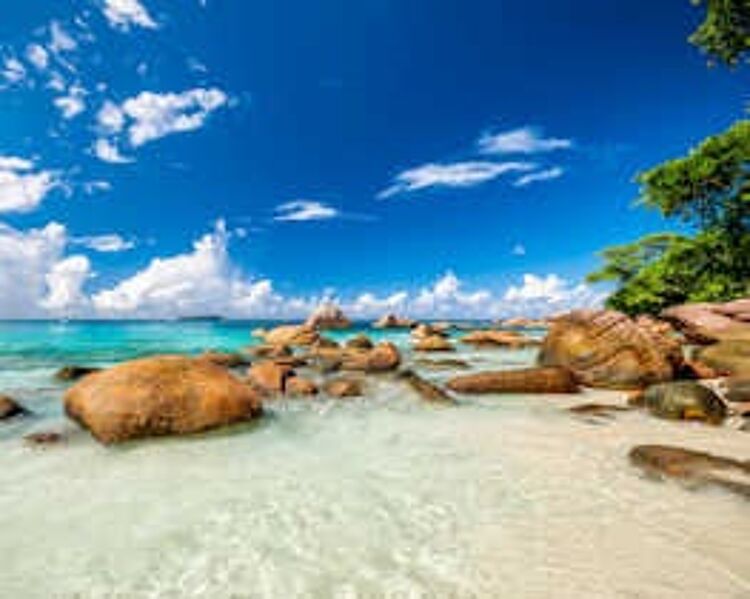 Seychelles
Seychelles Sri Lanka
Sri Lanka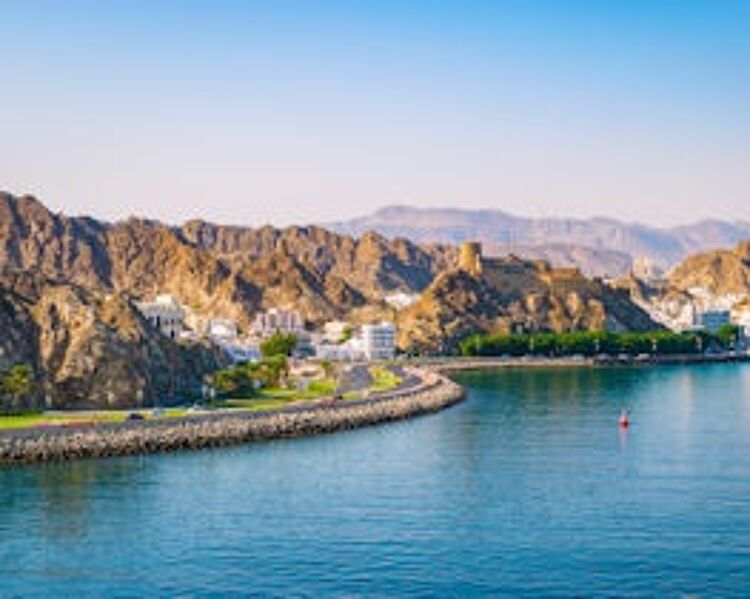 Oman
Oman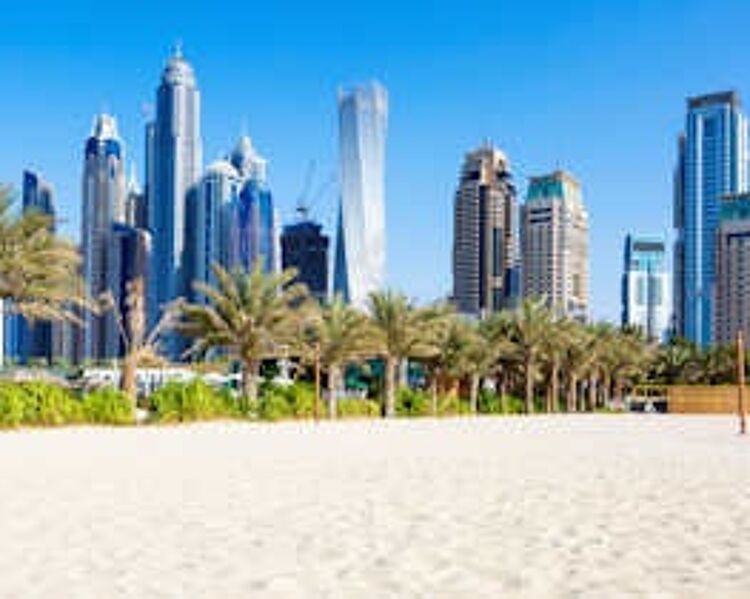 United Arab Emirates
United Arab Emirates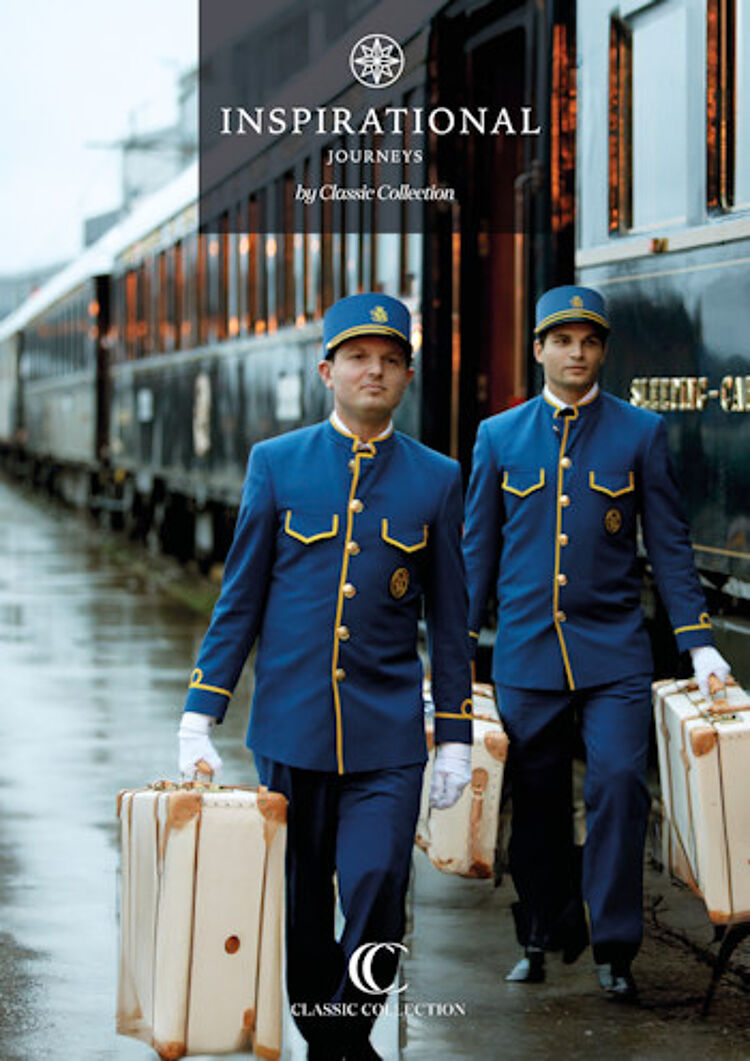
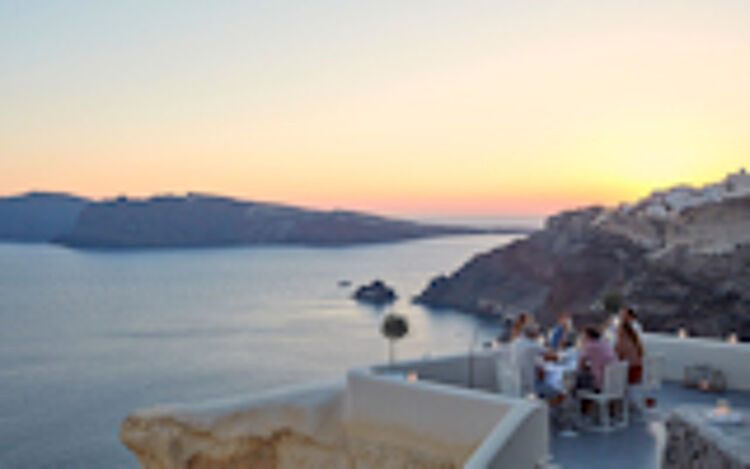 Adult Only Holidays
Adult Only Holidays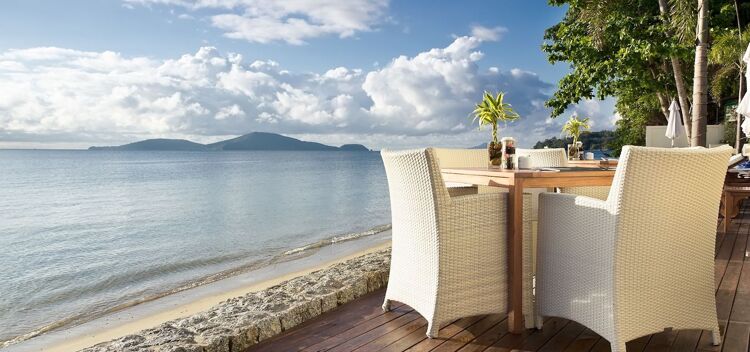 All Inclusive Holidays
All Inclusive Holidays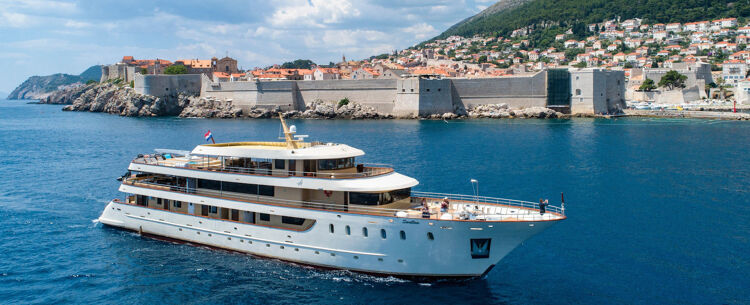 Boutique Cruises
Boutique Cruises Boutique Hotels
Boutique Hotels City Breaks
City Breaks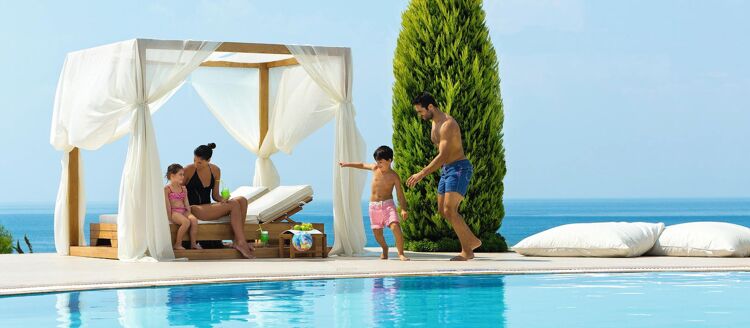 Family Holidays
Family Holidays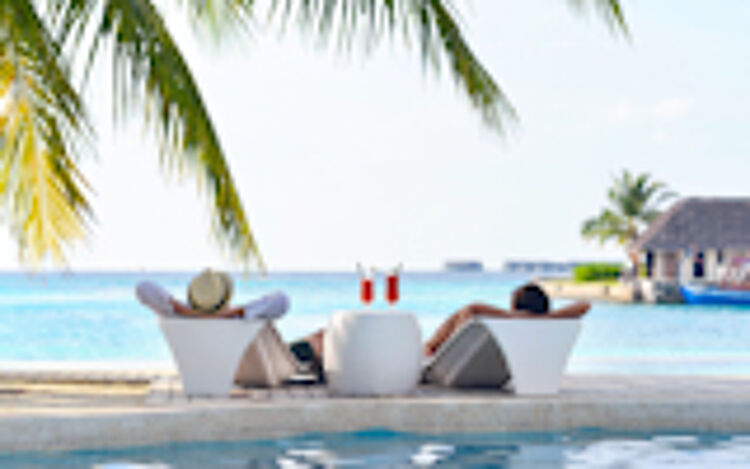 Honeymoon Holidays
Honeymoon Holidays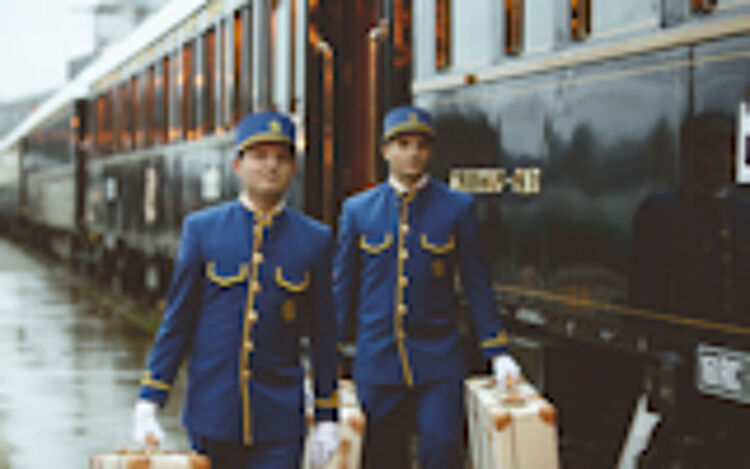 Luxury Rail Holidays
Luxury Rail Holidays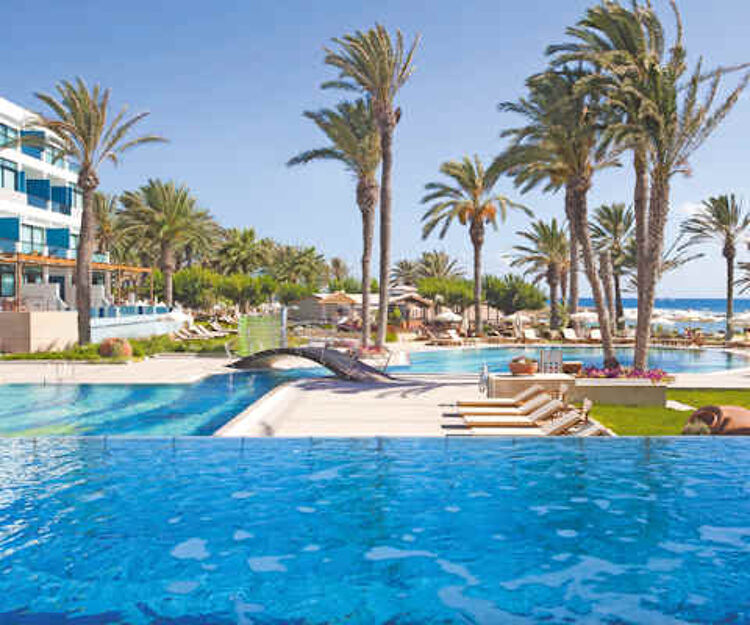 Multi Centre Holidays
Multi Centre Holidays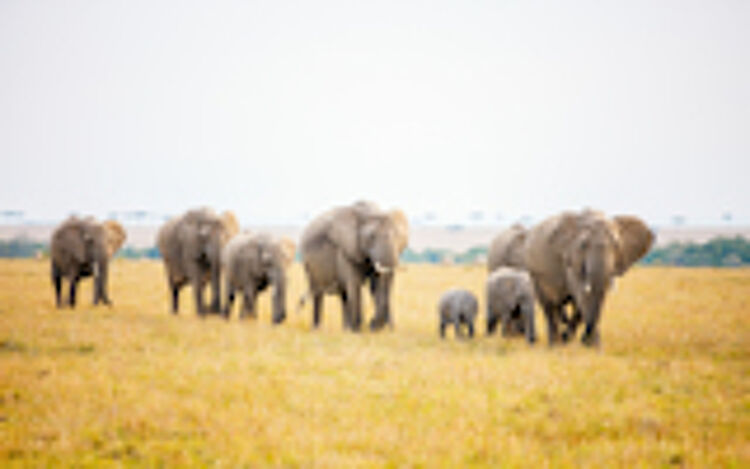 Private & Escorted Tours
Private & Escorted Tours Spa & Wellness Holidays
Spa & Wellness Holidays Villa Holidays
Villa Holidays Golf Holidays
Golf Holidays Group Holidays
Group Holidays LGBTQ+ Luxury Holidays
LGBTQ+ Luxury Holidays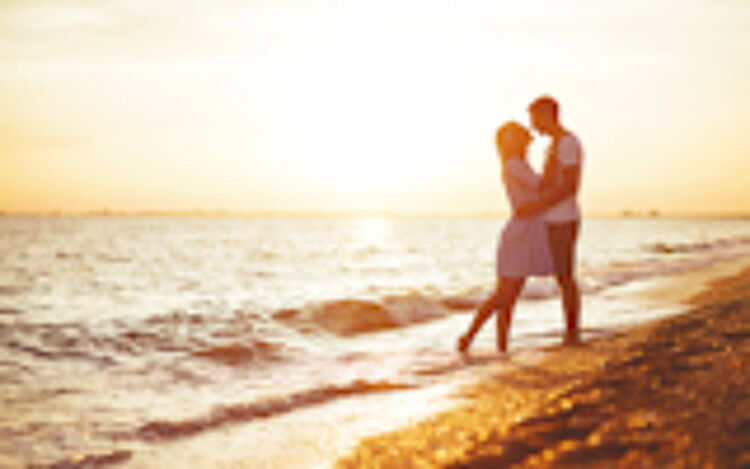 Romantic Holidays
Romantic Holidays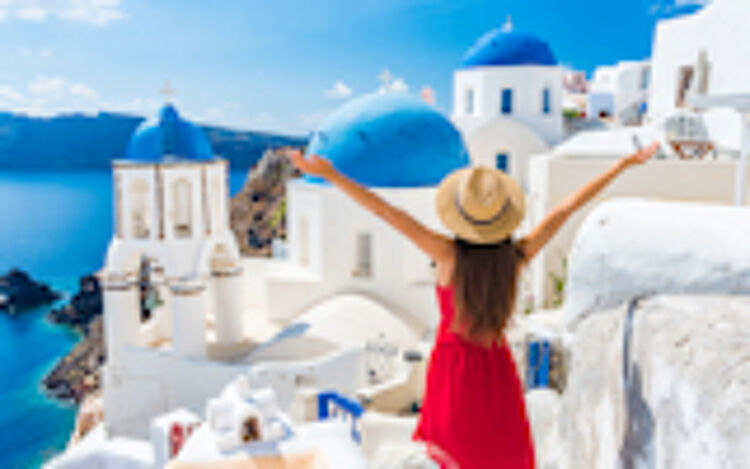 Greek Island Hopping
Greek Island Hopping Infinity Pools
Infinity Pools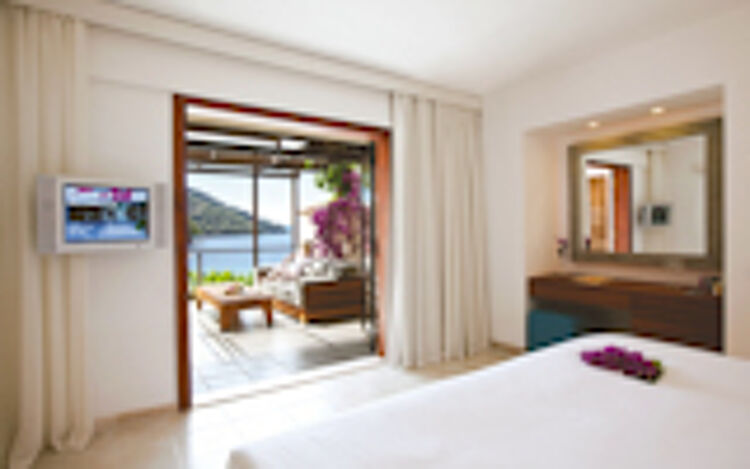 Interconnecting Rooms
Interconnecting Rooms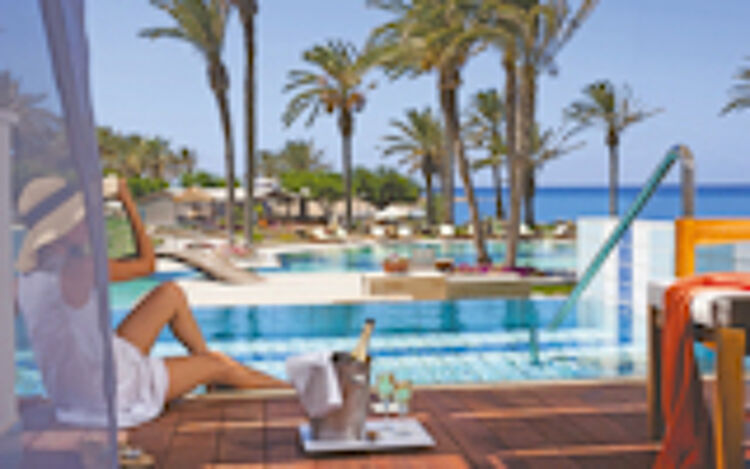 Private Pools
Private Pools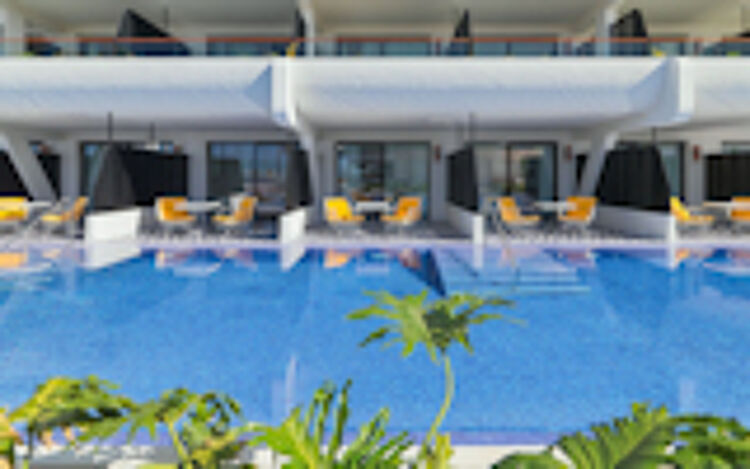 Swim Up Rooms
Swim Up Rooms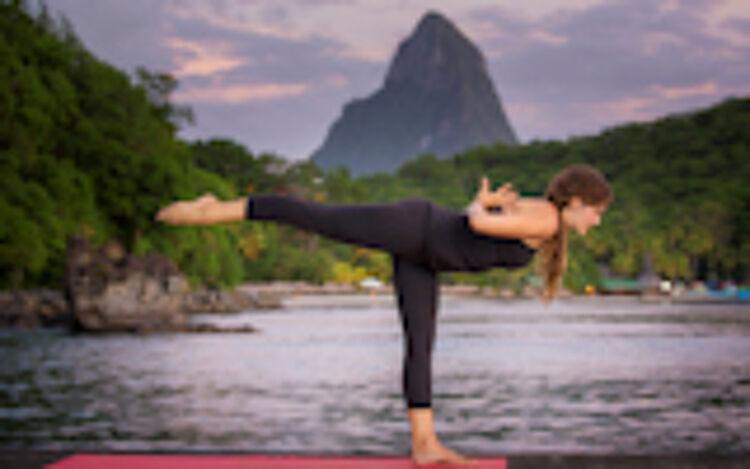 Yoga Classes
Yoga Classes Blue Flag Beaches
Blue Flag Beaches Butler Service
Butler Service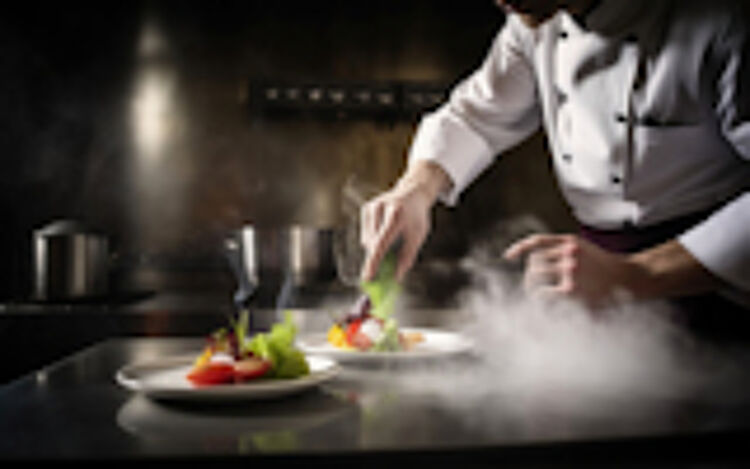 Michelin Star Dining
Michelin Star Dining



